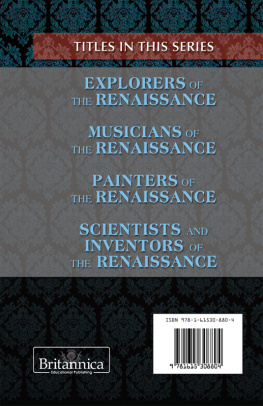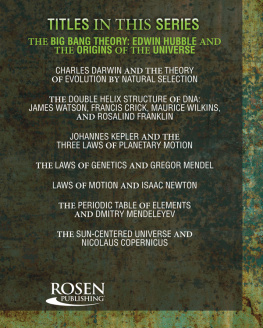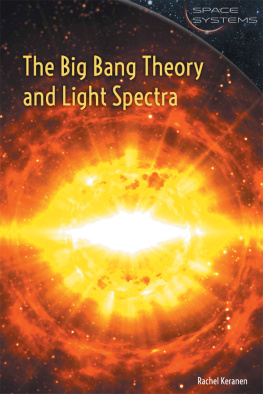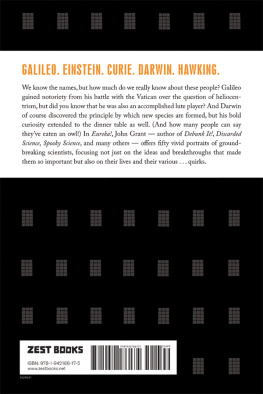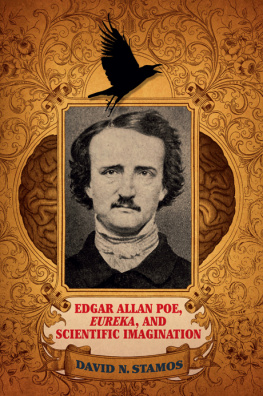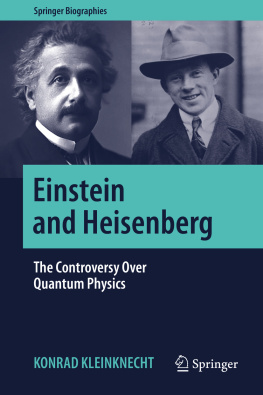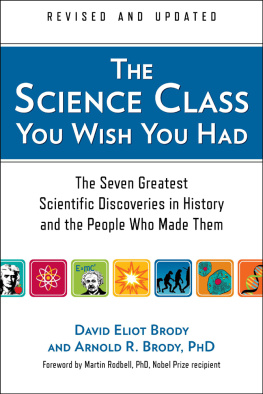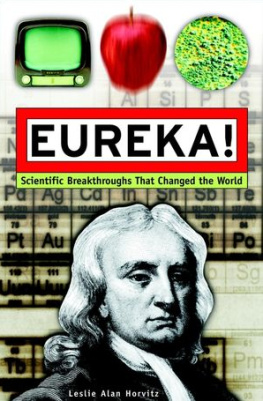Published in the USA and Canada in 2002 by
Routledge
711 Third Avenue,
New York, NY 10017,
USA
Routledge is an imprint of the Taylor & Francis Group, an informa business
By arrangement with The British Library
Copyright The British Library Board 2002
Cataloging-in-Publication Data is available from the Library of Congress
ISBN 13: 978-041593-941-6 (hbk)
Designed by Andrew Shoolbred
Typeset by Hope Services (Abingdon) Ltd
All rights reserved. No part of this book may be reprinted or reproduced or utilized in any form or by any electronic, mechanical or other means, now known or hereafter invented, including photocopying and recording or in any information storage or retrieval system, without permission in writing from the publishers.
All measurements in this book are given in metric units. Below is an approximate conversion table to US measurements.
1 kilometre | = | 0.6 mile |
1 metre | = | 1.1 yards |
1 centimetre | = | 0.4 inch |
1 millimetre | = | 0.04 inch |
1 gramme | = | 0.04 ounce |
1 tonne | = | 0.98 ton |
To convert degrees centigrade (C) into degrees fahrenheit (F) multiply by 1.8 and add 32.
Authors Preface and Acknowledgements
In 2001 The British Library commissioned this book, describing a hundred of the twentieth centurys major scientific discoveries. When I talked about the project to non-scientists, I soon found that most people associate science with inventions, and have little idea of the discoveries that lie behind them. A typical comment was I trust you will include the mobile phone in your list. Of course, the mobile phone is an invention, not a discovery. However, the dividing line between discoveries and inventions is not always clear-cut, and there were some borderline cases which were hard to decide on. For instance, the Haber Process (a cheap method of making ammonia out of nitrogen and hydrogen) can equally be described as a discovery and as an invention. In this case I decided to include it, because it has had a major impact on the chemicals industry. However, as another example, I decided that the Polymerase Chain Reaction (a key technique in genetic engineering) was really an invention and not a discovery at all, so it has been left out. Another borderline case was the transistor. In this case I decided to include an essay describing the underlying science, but mentioning only briefly the difficulties its originators had in putting it into practice.
I am aware that some scientists may not approve of this books portrayal of science. They will say, rightly, that major eureka moments are by and large not what drives science forward. Most scientific progress is the cumulative effect of lots of smaller discoveries, often just as hard-won as the more spectacular breakthroughs. I am reminded of a cartoon I once saw, showing a record shop with two racks, one labelled Opera Highlights and the other Opera Draggy Bits. Charting the history of twentieth-century science simply by describing some of its biggest discoveries is rather like trying to appreciate a work of classical music by listening only to its louder climactic moments. However, nobody can deny that some discoveries are a lot more important than others, so a book describing some of the most important ones should have its place. The phrase eureka moment also seems to imply a single blinding flash of inspiration, while in reality most of these discoveries were much longer drawn-out affairs. However, I contend that in every discovery there comes a particular day when the scientists involved (there are usually more than one) are able to raise a cheer and say, Now weve got it. It is these moments that make all the hard slog of scientific research bearable.
This book draws entirely on material held in the collections of The British Library. Each essay provides a citation to the document (usually an article in a learned journal) where the discovery was first published. All but a few of these are held by The British Library, and information on the few that it does not hold was found in review articles, monographs, and biographies in The British Librarys collections. All of this material can be read in the Reading Rooms of the Librarys St Pancras building in Euston Road, London, and most of it can also be obtained by other libraries on inter-library loan from The British Library Document Supply Centre at Wetherby, West Yorkshire.
I would like to thank Anthony Warshaw and his colleagues in The British Library Publications Office for commissioning this book, and for all their help in bringing it to completion. I am also grateful to the following organisations for providing illustrations and granting us permission to reproduce ). Finally I would like to thank all the various professional scientists who kindly suggested discoveries that I might include, and commented on different parts of the original draft. They suggested several improvements, and also spotted a few factual errors which I was pleased to rectify. They are not in any way responsible for any inaccuracies that may remain.
Rupert Lee
The British Library
July 2002
Posterity will remember the twentieth century for many things. The history books of the future will inevitably dwell on such social and political events as the two World Wars; the rise and fall of Marxist-Leninism; the arrival of the United States of America as a global superpower; the end of the British Empire and of European colonialism generally; and, quite possibly, the beginning of the rise of China and the European Union as economic powers of global importance. But above all, it must surely be remembered as a time of unprecedented growth in the economies of the industrialised nations. Despite the two most destructive wars ever fought in the whole of history, a period of severe economic depression in the 1920s and 1930s, and numerous lesser economic downturns, the self-styled First World ended the century incomparably more wealthy than it had begun it. The causes of this extraordinary rise in prosperity will doubtless be analysed at length by historians, but one factor is certain to stand out: the gathering momentum of science and technology. More technology resulted in the creation of more wealth, which financed more science, which gave rise to even more technology, creating yet more wealth, and so on.
It may seem strange to us today, to realise that people have not always appreciated the link between science and technology. Until the middle of the nineteenth century, science was largely a scholarly pursuit for gentlemen amateurs, while the engineers who brought about the Industrial Revolution and the Age of Steam often had little scientific knowledge, or indeed education of any kind. For instance George Stevenson, builder of the Manchester-Liverpool railway and the famous Rocket locomotive of 1829, was well advanced in his career before he even learnt to read and write. The link between scientific research and industrial innovation seems to have first been established in the chemical industry, with the inventions of celluloid and mauve dye in the 1850s perhaps marking the birth of industrial science as we now know it. The next few decades also saw the arrival of the electrical industry, the first to have come into being as a direct result of discoveries made by professional scientists. Chemistry and electricity between them spawned a second industrial revolution in the late nineteenth century, a fact which receives little mention in British history textbooks, probably because it was America and Germany that made the running. Companies like General Electric and I.G. Farben quickly became industrial giants, while British technology, which had led the first Industrial Revolution, was left trailing far behind. This was the period in which modern scientific culture may be said to have its roots. As the technology-based industries grew, so did the need for qualified professional scientists, and in Europe and North America there was a proliferation of university science departments to meet this demand. From the start, many (but not all) of these were involved in active research as well as teaching.


